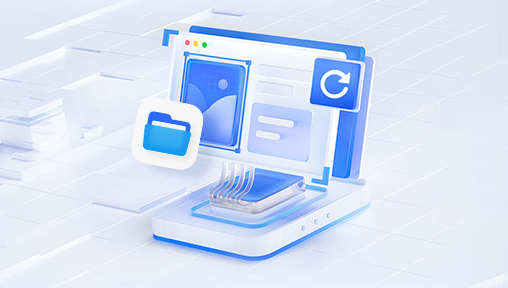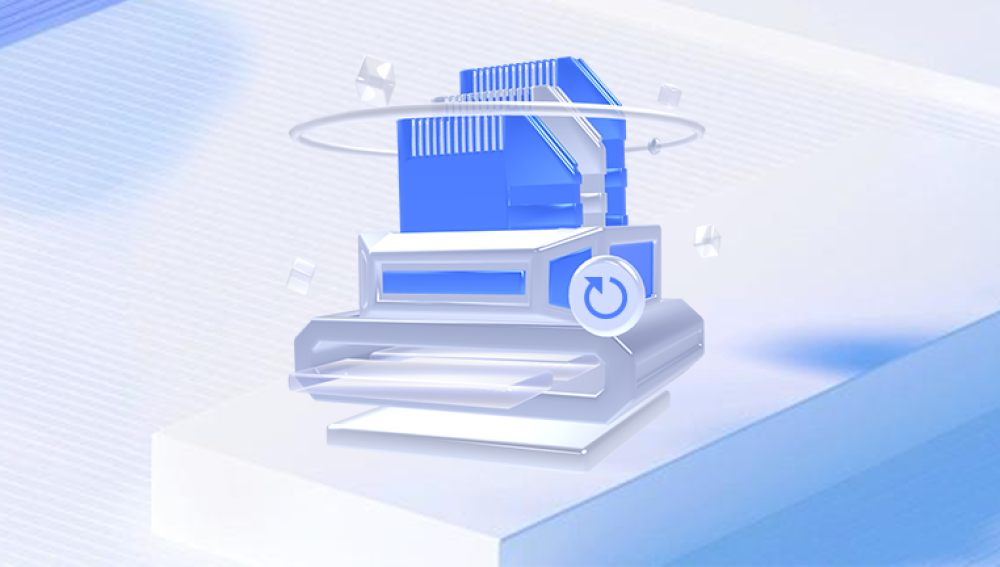Creating a bootable USB drive formatted to FAT32 for a Mac is a common task,especially for those needing to transfer files between systems or perform installations.Here is a comprehensive guide on how to accomplish this.
Before diving into the process,it’s important to understand a few key points:
Bootable USB Drive:A bootable USB drive allows your computer to start(or boot)from the USB drive instead of your hard drive.
FAT32 File System:FAT32 is a file system that’s widely compatible with various operating systems,including macOS,Windows,and Linux.However,it has a file size limit of 4GB.

macOS:The operating system developed by Apple,running on Mac computers.
Steps to Format a Bootable USB to FAT32 on Mac
Step 1:Prepare the USB Drive
Select the Right USB Drive:Ensure that the USB drive you intend to use has sufficient space for the files you need.A minimum of 8GB is typically recommended for most uses.
Backup Data:Formatting will erase all data on the USB drive,so make sure to back up any important files.
Step 2:Use Disk Utility
macOS provides a built-in tool called Disk Utility for managing drives.Here’s how to use it:
Open Disk Utility:You can find this in the Applications>Utilities folder,or search for it using Spotlight(Cmd+Space,then type"Disk Utility").
Select the USB Drive:In Disk Utility,you’ll see a list of available drives.Select your USB drive from the sidebar.
Erase the USB Drive:
Click the"Erase"button at the top of the Disk Utility window.
A dialog box will appear asking for details:
Name:Give your USB drive a name.
Format:Select"MS-DOS(FAT)"which is the FAT32 file system.
Scheme:Select"Master Boot Record(MBR)"if you want the USB to be bootable on most systems.
Click"Erase"to format the drive.
Step 3:Make the USB Drive Bootable
To make the USB drive bootable,you need to transfer the necessary boot files to it.The process varies depending on what you need the USB drive for(e.g.,installing macOS,a Linux distribution,or Windows).
Creating a Bootable macOS Installer:
Download macOS Installer:Obtain the macOS installer from the App Store.For example,if you are creating a bootable installer for macOS Big Sur,download it from the App Store.
Use Terminal to Create the Installer:
Open Terminal(Applications>Utilities>Terminal).
Use the createinstallmedia command to create the bootable installer.The command varies depending on the macOS version.For macOS Big Sur,it’s something like:
sudo/Applications/InstallmacOSBigSur.app/Contents/Resources/createinstallmedia--volume/Volumes/YourUSBDriveName
Replace YourUSBDriveName with the name of your USB drive.
Press Enter,then provide your administrator password when prompted.The process will take some time to complete.
Creating a Bootable Linux USB Drive:
Download the Linux ISO:Download the ISO file for the Linux distribution you want to install.
Use Etcher:
Download and install Etcher,a tool for creating bootable USB drives.
Open Etcher,select the Linux ISO file,choose your USB drive,and click"Flash!"to create the bootable drive.
Creating a Bootable Windows USB Drive:
Download Windows ISO:Obtain the Windows ISO from the official Microsoft website.
Use Boot Camp Assistant:
Open Boot Camp Assistant(Applications>Utilities>Boot Camp Assistant).
Follow the prompts to create a bootable USB drive with the Windows ISO.
Troubleshooting Common Issues
USB Drive Not Recognized:Ensure that the USB drive is properly connected and try using a different USB port.If Disk Utility doesn’t recognize it,try formatting it using another computer and then try again on your Mac.
Disk Utility Errors:If you encounter errors while erasing or partitioning the drive,try restarting your Mac and attempting the process again.
Bootable USB Not Working:Ensure that the USB drive is set as the startup disk in your Mac’s System Preferences or use the Option key at startup to select the USB drive.




